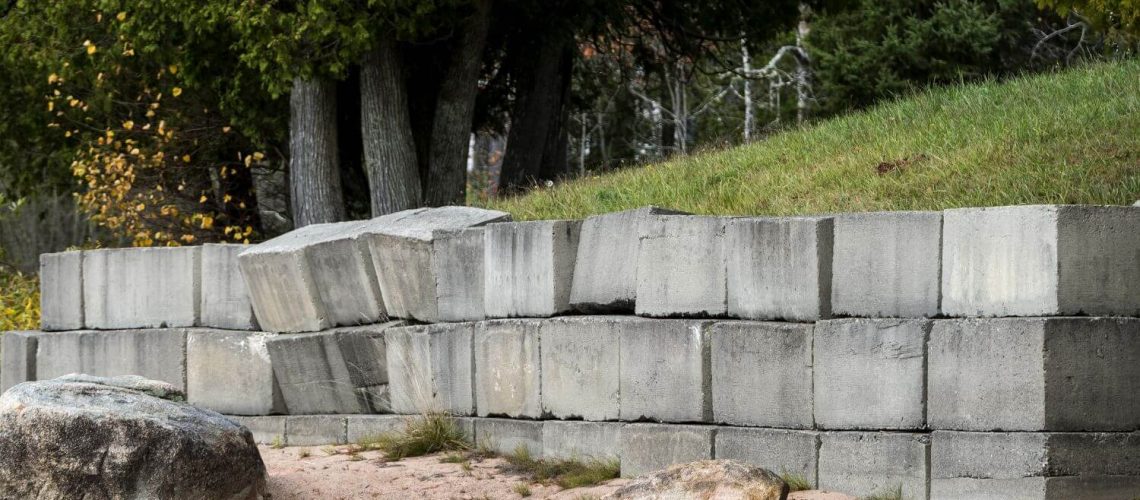What is a Retaining Wall?
Retaining Walls are used throughout homes and gardens in the US and beyond, particularly in areas that experience frequent bouts of hazardous weather such as storms or excessive rainfall. In these cases, retaining walls are designed to ‘retain’ material on one side of the wall so that it does not collapse or erode. They are typically installed around properties or gardens that may have been built on a slope, where erosion is more likely to occur. They are essentially strong, purpose-built walls that help outdoor spaces maintain their structural integrity.
You should repair or replace your retaining wall when…
Like any area of your home, your retaining wall requires regular care and maintenance in order to continue to function appropriately. This is due to the fact that they can be damaged by a variety of different factors – from poor craftsmanship to hazardous weather. As a result, you should ensure that you inspect your retaining walls on a regular basis for any signs of damage.
Typically, you should look into repairing or replacing walls when:
- You are expecting bad weather. Bad weather is the number one enemy of retaining walls, especially if they are already damaged. Therefore, if you’ve noticed that your wall is damaged – don’t wait for the middle of the rainstorm to call out a hardscape specialist – get it fixed ahead of time so that you’re ready for whatever comes your way.
- Your retaining wall appears to be leaning to one side. For the most part, your retaining wall will be a vertical structure – meaning that if you notice that your wall begins to lean to one side, it might be time to get the wall repaired. Leaning walls are likely caused by excessive pressure on one side of the wall, which could later cause the structure to collapse. For example, if you’ve experienced heavy rainfall, the soil on one side of the wall may have soaked up a great deal of moisture, making it heavier. As a result, it will place a lot more pressure on the wall.
- No water is seeping through the weep holes. Most retaining walls are built with small holes in the surface known as ‘weep holes.’ They are designed to allow water and moisture to escape. If no water is coming out of these holes, this could be a sign that your wall is damaged or in need of repair.
- Your retaining wall is cracked. While small cracks in the surface of your wall may not seem like an issue, they will only worsen over time. As a result, they are a clear indicator that your retaining wall must be replaced. This is due to the fact that as these cracks in the surface worsen, the strength of your retaining wall will begin to lessen. As a result, a collapse is all the more likely. This could not only cause expensive damage to your property but also put your health and safety at risk.
With over 10 years of experience, our family-owned paver installation company would love to help.
We also provide peace of mind with a 5-year warranty. Get in touch with us at (503)-932-7605 for more information about building or repairing retaining walls. We’ve got an eye for practical solutions and can help you create beautiful outdoor esthetics for your front or backyard.

